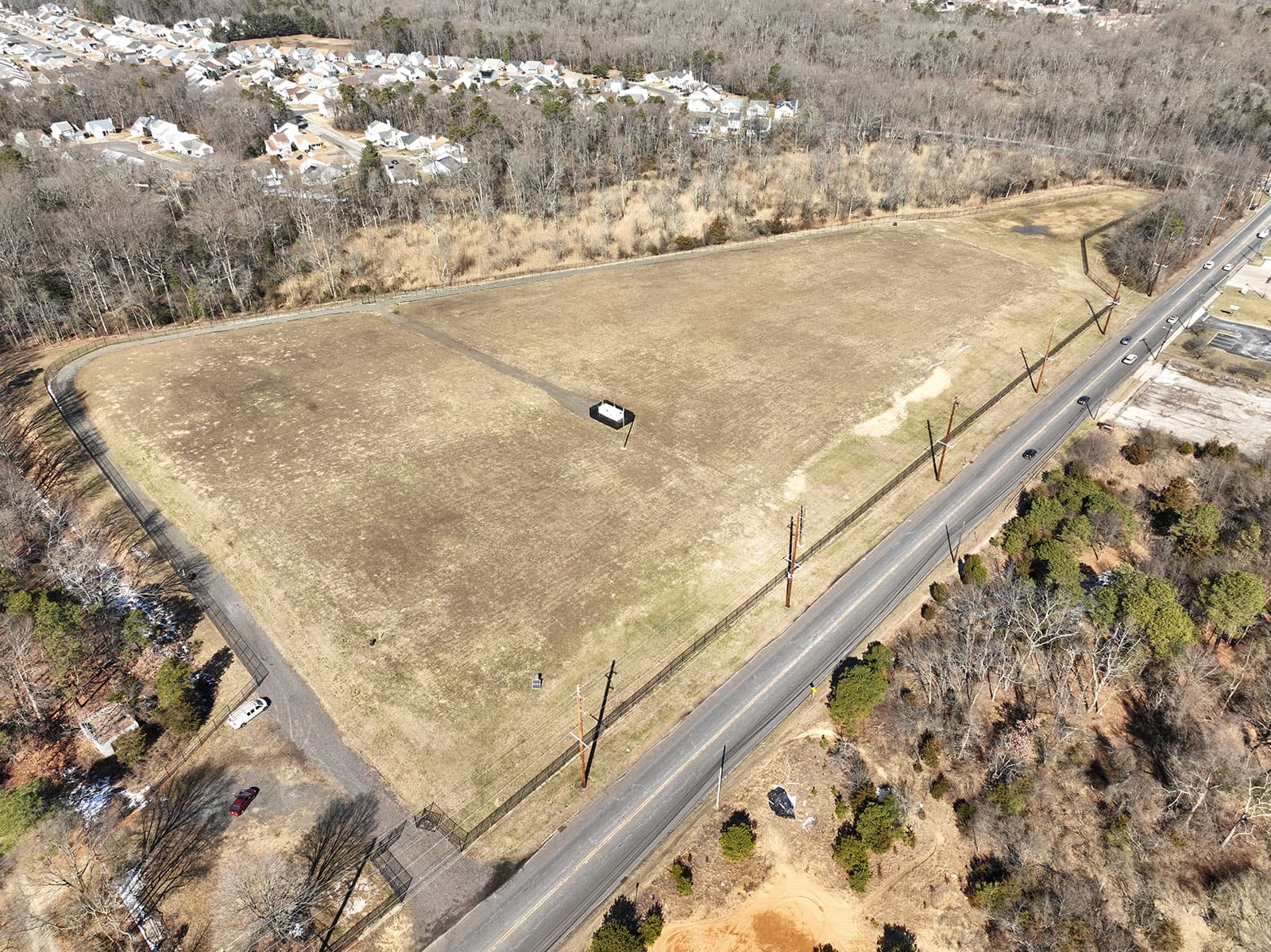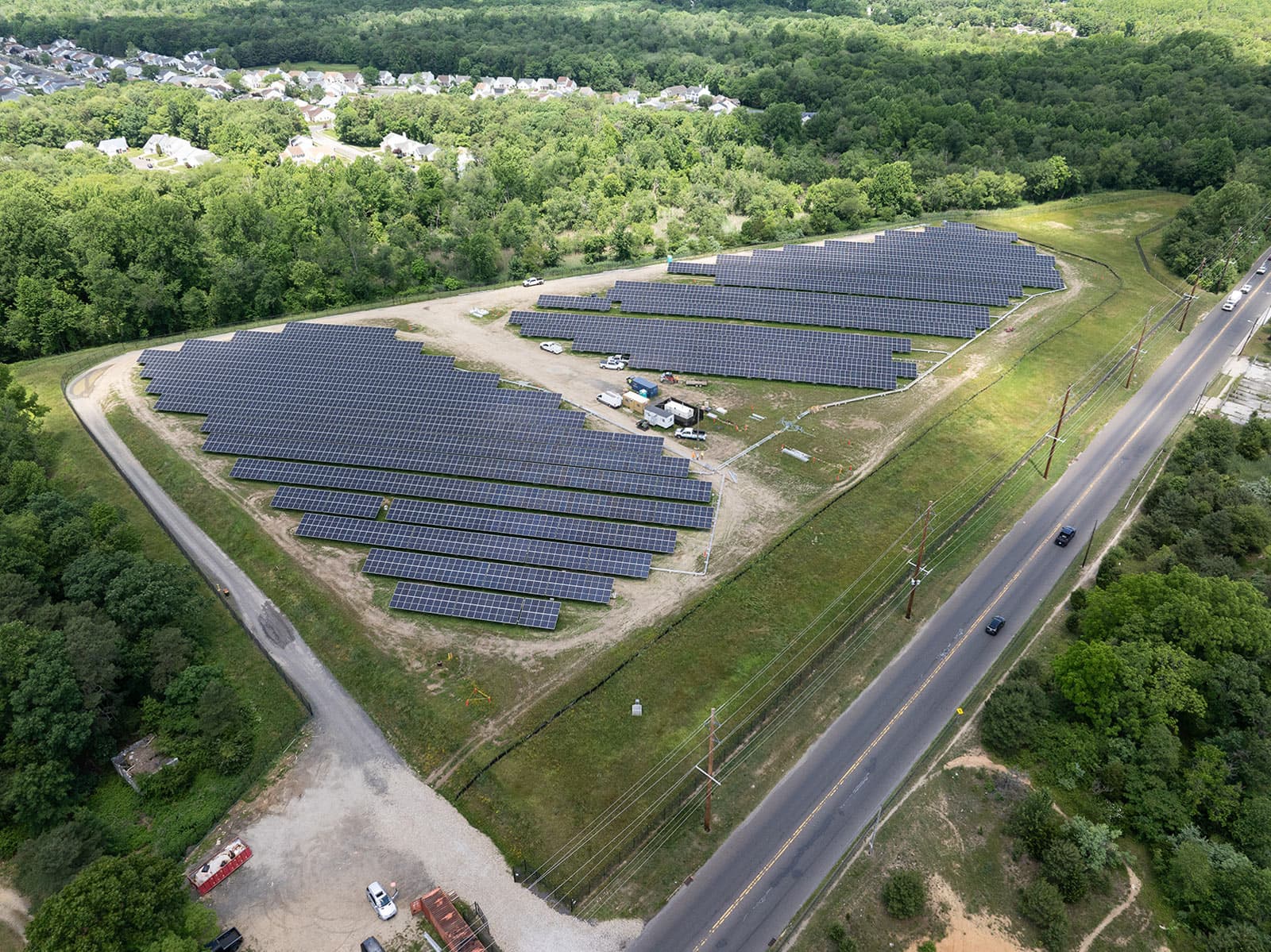Greening up ‘brownfields’ with solar fields delivers economic and environmental wins
New Jersey Gov. Phil Murphy recently announced advancements in the state’s ongoing efforts to turn unproductive tracts—notably former landfills—into opportunities for renewable energy.
The latest initiative, announced in early September, includes a guide for municipalities and solar developers for landfill-capping projects, providing a blueprint for turning “brownfields” into green land use.
Such solar policy enhancements are not surprising since New Jersey has been a national leader in solar developments on landfills over the last five years. Governor Murphy also recently enacted enhancements to the Brownfields Redevelopment Incentive Program Act to incentivize the redevelopment of such lands into solar energy facilities. Building on its success is a testament to the Garden State’s commitment to clean energy and environmental remediation.
Identifying potential solar sites
The move toward clean, emission-free electricity is transforming energy generation nationwide. A crucial part of this solution is identifying optimal locations for these renewable-generation solar farms. Typically, lands that do not offer alternative purposes are strong candidates for siting renewable generation, especially when there is no local resistance to such a conversion.
Both publicly and privately owned landfills or waste management facilities can—with the help of expert professionals—turn unproductive landfills into solar-powered revenue assets.
Further benefits of landfill solar development include:
- Landfills get capped to seal contaminated debris collected over many years. The revitalization turns the underused land into a clean electricity generation facility.
- Solar energy projects on several acres of capped landfill capitalize on lower operating costs (from solar land leases), reduce your carbon footprints, and give back to the local community.
- Often landfill-based solar farms use nearby resources—such as access roads and connections to existing electric infrastructure—to harness a clean power source, reduce local emissions, and build a more sustainable environment for the community.


The 15-acre ground-mounted solar system pictured above was installed over a capped NJ landfill, turning degraded and underused space into a financial benefit while generating enough power for 300+ homes.

Given the recently added solar benefits, state/utility incentives, tech advancements, and investment tax incentives, such degraded grounds can be optimized for ground-mounted landfill solar systems, revitalizing the land and turning a long-term liability into an enduring asset. It’s a win/win for the environment and the community.
Green jobs and affordable power
Governor Murphy has set a goal of achieving 100 percent clean electricity by 2035, which means more solar to come across New Jersey, and that helps drive job creation statewide. Redevelopment projects support the administration’s vision of accelerated deployment of renewable energy. Last year, New Jersey’s electric power generation sector employed over 20,000 people, with more than 9,000 working in the solar industry. New Jersey’s projected growth rate for all energy sector jobs for the next 12 months ranges from 6.8 to 8.5 percent.
On the consumer front, New Jersey state incentives and federal tax breaks are making solar power more affordable than ever. Because New Jersey has some of the highest electricity prices in the United States, adding solar to a property can provide significant cost savings for an organization.
As an experienced commercial solar installer in the New Jersey Clean Energy Program, Core Development Group helps monetize brownfields or contaminated lands with a lease for solar development. Property owners can seize the opportunity to capitalize, lower operating costs, reduce their carbon footprint and give back to the local community. To learn more about our services, please provide your contact information here.








